Prescription eyeglasses are essential for those of us who need to wear them. However, there’s a lot to consider when shopping for new eyewear — including whether it’s worth it to opt for more expensive lenses.
In this post, we’ll discuss the pros and cons of investing in expensive lenses, and explore whether they offer better vision and improved visual comfort. We’ll also provide advice on how to get the most out of your eyewear, regardless of what kind of lenses you choose.
So keep reading to learn more about why expensive lenses might or might not be worth the cost!
(This page contains affiliate links. OGR may receive compensation if you click a link and make a purchase.)
Is There a Difference Between Cheap and Expensive Lenses?
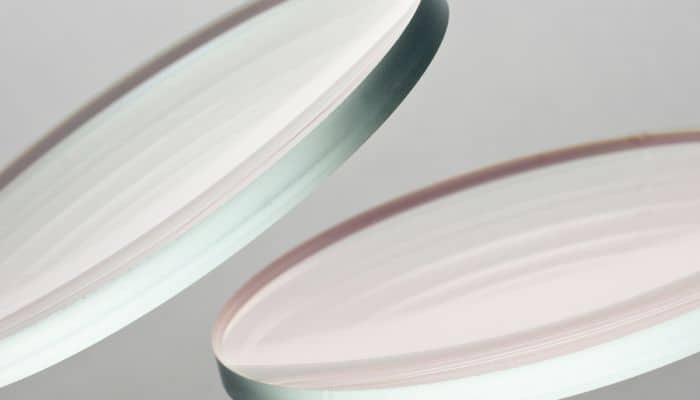
There are a lot of factors that go into determining the price for eyeglass lenses, so let’s first define what we’re actually comparing.
Almost all lenses are made at large factories and ground to order at a wholesale optical lab. Those pricey Crizal lenses you got from your optician? Chances are it was made in the same factory as the budget optical store down the street.
As far as quality goes, for the most part, any brand name or current house brand will have very good to excellent quality regardless of where you purchase your lenses.
Why Are Oakley Lenses So Expensive?
So when we’re talking about expensive lenses vs. cheaper ones, what we’re really discussing is whether the more advanced features and treatments are worth the extra money.
But when it comes to pricing, there can be vast differences. This is because many optical retailers mark up their lenses based on what customers in their area are willing to pay.
That’s why you need to shop around and compare prices so that you don’t overpay for your lenses.
Can Cheap Lenses Damage Your Eyes?

No, cheap lenses won’t damage your eyes. Your doctor prescribes lenses based on the strength and power needed for your eyes, and any reputable optical retailer will provide you with lenses that meet these requirements.
Now, you might experience eye strain or even headaches if you wear cheap non-prescription reading glasses, for example, but there’s no actual harm being done to your vision.
That being said, there are a few things to consider when it comes to quality.
Cheaper lenses may not include beneficial treatments such as anti-reflective coatings or blue light filtering, so you may not experience the best vision or protection from digital eye strain.
Lenses: What Exactly Are You Paying For?
The lens material, coatings and treatments, and your locality all have an impact on the final price of your prescription lenses.
Lens Materials
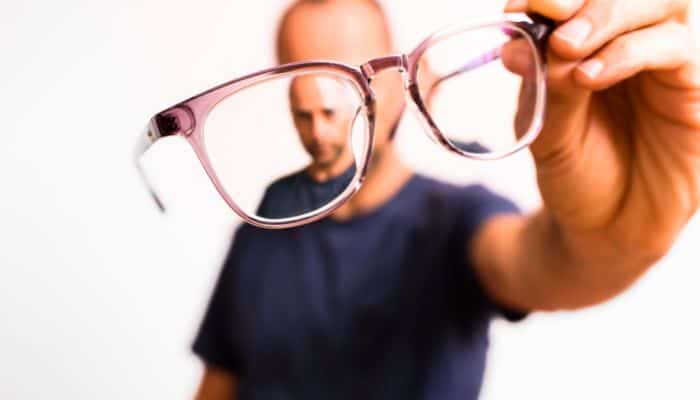
Plastic
Plastic lenses are the most common option and offer great clarity, durability and affordability. They come in many different colors and tints, and can be a good choice for those who want to change up their look without breaking the bank.
The CR-39 (1.50-index) plastic lens is the standard lens material for non-prescription optical and sunglass lenses.
Plastic is lightweight, impact-resistant, and can be tinted to protect your eyes from the sun’s UV rays, though it is not as scratch-resistant as other materials, however.
Polycarbonate

This popular material is very impact-resistant (10x more than plastic lenses) and has inherently built-in UV protection.
It’s also thinner than CR-39 plastic, making it a great choice for children or sports and safety glasses.
High-Index Plastic
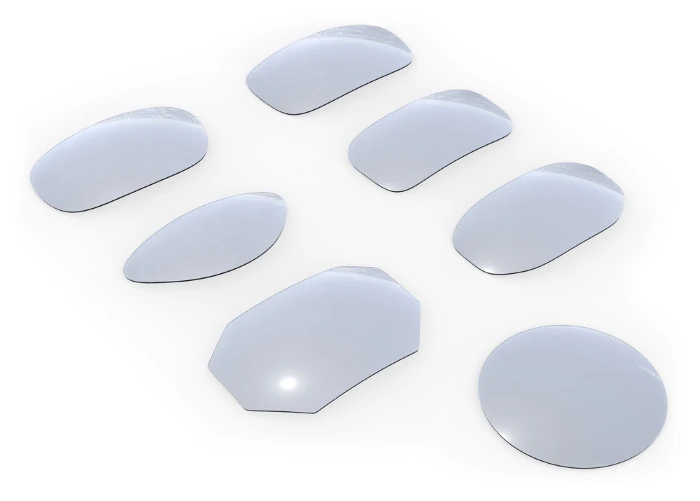
High-index lenses – generally 1.57-index and above – are thinner and lighter than CR-39, which is preferable for strong prescriptions.
They’re also necessary if you’ve got your heart set on a frameless or semi-rimless pair with a strong Rx (usually + or -4.00 and above).
Trivex
Trivex is similar to polycarbonate but provides marginally greater impact resistance and better optics. However, it’s usually more expensive too.
Glass
This traditional material is the heaviest and not as common nowadays, but it’s the most scratch-resistant and has the clearest optics.
Today’s technologies have successfully cut down on the weight and width of glasses lenses, however. But you’ll pay a premium for glass.
Lens Type
Single-Vision
These lenses are designed for just one type of vision correction and are typically used for distance correction (nearsightedness) or near-vision (farsightedness).
Single-vision lenses are pretty basic, so the cost is generally low.
Prescription Glasses From $95 (Including Single-Vision Lenses)
Lined Bifocals/Trifocals
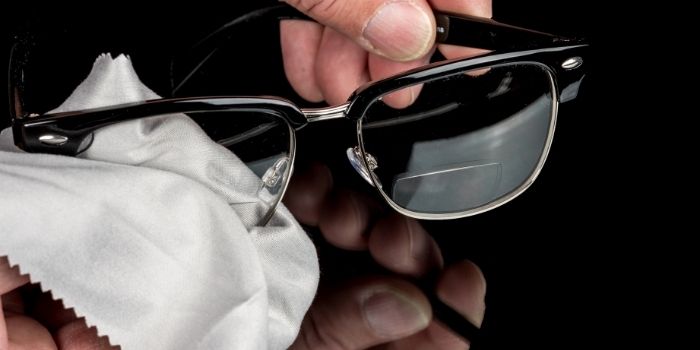
These lenses divide the lens into multiple sections for different types of vision correction – distance, intermediate (arm’s length), and near-vision.
They’re most commonly used by those over 40 who need more than one type of correction.
Progressive Lenses
Progressives are similar to bifocals and trifocals but provide a seamless transition between different powers.
Progressives are typically the most expensive lens type of all the above, particularly if you opt for digital or free-form lenses.
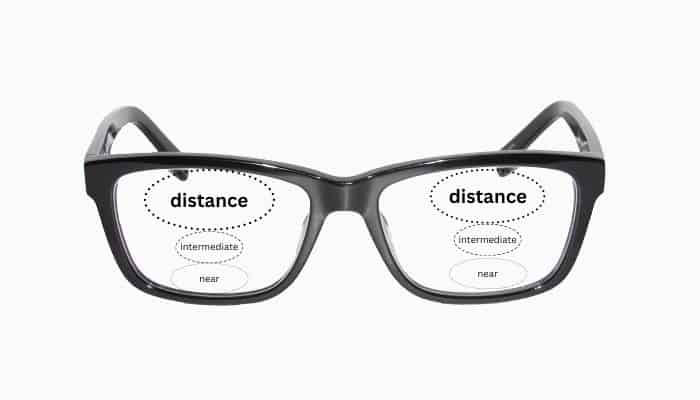
These premium progressive lenses are made using CAD (computer-assisted design) technology and are highly customizable to give you accurate correction in precisely the areas you need.
Lens Treatments
Besides the material and lens type, you can also order additional treatments to enhance or protect your vision.
Anti-Reflective Coating

Anti-reflective or anti-glare coatings reduce glare that reflects off your lenses, making your vision better (and you look better too).
If nothing else, you’ll want a good anti-glare coating for your lenses. It’s worth investing in a high-quality anti-glare treatment, as cheap ones can smudge or smear and actually make things worse.
UV Protection
This coating blocks out the harmful UV rays from the sun. Polycarbonate lenses are inherently UV-blocking, so it’s not necessary to get a separate coating with polycarbonate.
Scratch-Resistant Coating
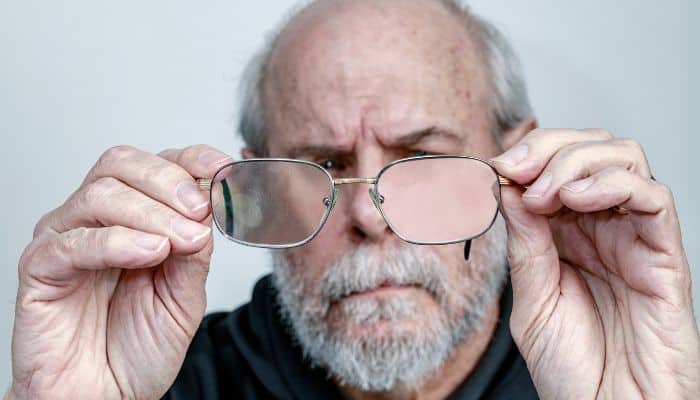
This helps to protect the lenses from everyday wear and tear, ensuring they stay in good condition for longer.
Blue Light Protection
Digital devices emit blue light, which can cause digital eye strain and possibly contribute to macular degeneration.
The jury is still out on whether blue-light lens treatments actually prevent these problems, so there is some debate about whether or not it’s worth investing in.
Despite the controversy, many people find that wearing blue-light blocking glasses helps them sleep better when wearing them before bedtime.
Photochromic Lenses
Photochromic or light-adjusting lenses darken in response to UV rays, making them a great choice if you only want one pair of glasses that you can wear indoors and out.
Bottom Line
For most people, splurging on brand-name, premium eyeglass lenses and lens treatments are not necessarily worth the substantial additional cost. Most opticals outsource their lens production to the same few labs, so it’s worth shopping around for lower-cost options.
The one treatment worth spending on is a high-quality anti-reflective coating. Besides this, you’ll usually find good quality lenses from any reputable optical shop, whether you’re paying top dollar or not.